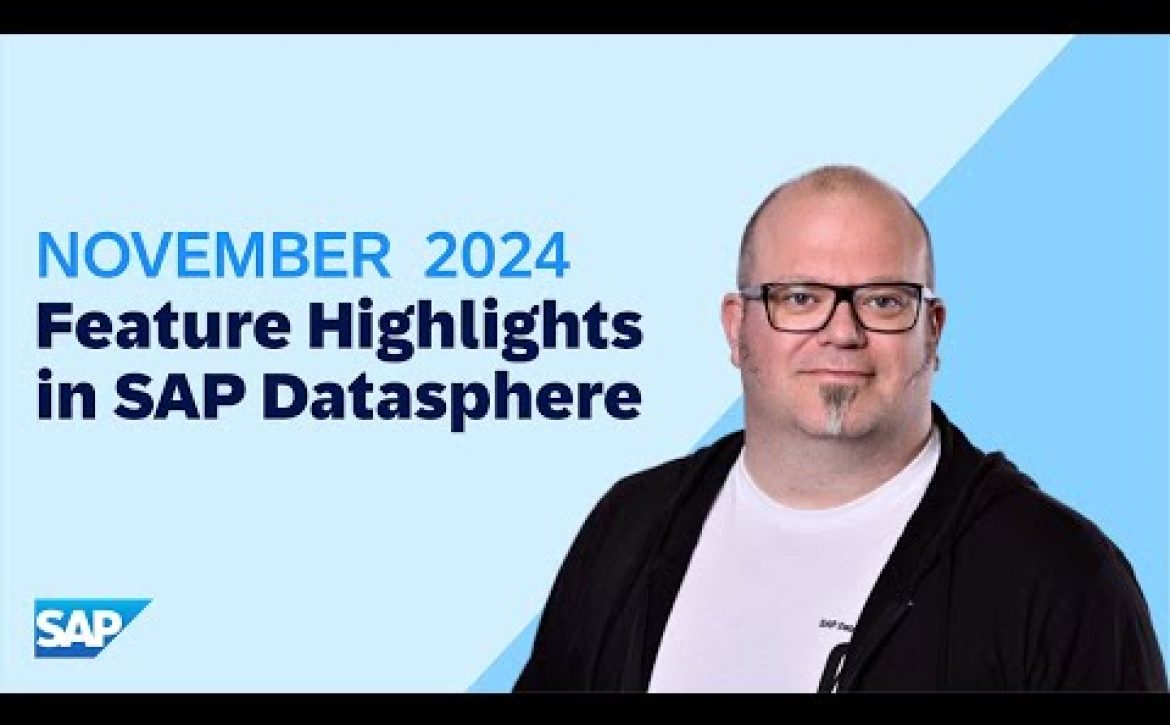As we close out 2024, it’s time to reflect on the year’s developments in procurement, external workforce, business network, and travel and expense management. The past year has been marked by economic uncertainty, supply chain disruptions, and an increased focus on sustainability and social responsibility. Despite these challenges, businesses have shown remarkable resilience and adaptability.
Looking ahead to 2025, several key trends are poised to reshape the landscape, promising both challenges and opportunities for forward-thinking organizations. To gain insight into what lies ahead, we’ve reached out to Intelligent Spend and Business Network executives at SAP for their predictions.
The AI-Powered Procurement Revolution
Etosha Thurman, chief marketing officer for Intelligent Spend and Business Network at SAP, envisions a future where artificial intelligence (AI) takes center stage in procurement:
“In 2025, AI and cloud-based solutions will position procurement at the heart of data-driven decision-making, enabling real-time insights and freeing teams to focus on high-impact initiatives. The future belongs to procurement professionals who blend strategic thinking with relationship management and a combination of functional and technological expertise. These skills will be crucial in fostering cross-functional collaboration and advancing corporate goals, from supply assurance to compliance to sustainability. In the digital age, spend management expertise extends to not just supporting, but also steering the business.”
This prediction underscores the critical role that AI will play in transforming procurement from a support function to a strategic driver of business value.
Streamlining Processes Through Orchestration
Manoj Swaminathan, president and chief product officer for Intelligent Spend and Business Network at SAP, highlights the growing importance of process orchestration:
“The technology landscape is rapidly evolving, and organizations are grappling with a heterogeneous mix of solutions. Many companies now employ multiple systems to meet their end-to-end business needs, leading to siloed processes and confused employees. Procurement, in particular, often suffers from fragmented systems handling everything from purchase requests to supplier onboarding, creating inefficiencies and frustration.
To address this challenge, we’re seeing a shift toward process orchestration – a centralized approach that connects disparate systems, streamlining procurement inquiries and status updates. Our newest solution, SAP Ariba Intake Management, can tackle this head-on by automating request creation and providing a single point of entry so that organizations can empower employees to adhere to policies and regulations without the burden of manual corrections. This approach can not only save valuable time and resources but also drive user adoption and increase compliance and efficiency, positioning companies to thrive in an increasingly competitive landscape.”
The Rise of a New Generation of Procurement Leaders
Jeff Collier, chief revenue officer for Intelligent Spend and Business Network at SAP, predicts a significant shift in procurement leadership:
“In 2025, a shift will occur in the procurement landscape as a wave of fresh faces step into the chief procurement officer role. AI-driven procurement strategies, ever-evolving requirements, and changing demographics have created the perfect storm for new leaders to emerge. As the industry stands on the precipice of transformation, organizations must prioritize nurturing existing talent, upskilling their workforce, and attracting bright young professionals to the procurement function. The stage is set for junior procurement leaders, who have proven their mettle during the challenging COVID-19 years, to rise to the occasion, particularly those who can showcase tangible achievements in sustainability, AI integration, or risk management. Brace yourselves for a year marked by new names, fresh perspectives, and a reshaped procurement industry in 2025.”
The Power of AI Across Business Networks
Val Blatt, chief revenue officer for SAP Business Network, offers insights into how AI will transform business networks:
“In the near term, AI is already making waves by optimizing process efficiency and information sharing within and across companies in a supply chain. As we move into 2025 and beyond, we’ll see AI do more to synthesize intelligence and efficiency across areas like risk, demand, and inventory planning, as well as manufacturing and delivery. This evolution becomes even more relevant because no business does business alone, and AI can synthesize and be predictive across company boundaries. We’ll see AI decision support evolve into decision-making – and, ultimately, automated process execution. These advancements will occur as the need for AI to sense and predict situations with proposed planning recommendations grows, spanning across related functional areas and processes that involve trading partners in a supply chain.
In its Network Adoption Research Study* sponsored by SAP, IDC found that “Digital Champions” who use modern, cloud-based tools like AI, analytics, and business networks have grown over 140% in revenue and profit performance indices from 2016 to 2021. As AI capabilities expand to sense, predict, and execute across organizational boundaries, businesses will gain next-level efficiency, visibility, and compliance. This will enable them to maintain a resilient supply chain that delivers on customer promises, especially in times of disruption, by leveraging the collective intelligence of their entire business network.”
The Evolution of Travel and Expense Management
Christopher Juneau, SVP and head of SAP Concur Product Marketing, Intelligent Spend and Business Network Marketing & Solutions, shares his insights on the future of travel and expense (T&E):
“As leaders strive to position their company for growth in 2025, they will still attempt to maintain employee spending at 2024 levels. Inflation drove higher spending beginning in 2023, resulting in fewer trips in 2024. As inflation slows, many leaders are likely to expect that their T&E budget – even if flat year over year – will go further in 2025.
Meanwhile, finance teams and travel managers will adjust their T&E policies to account for AI as more tasks and processes become automated. Will managers need to approve every expense report? Will they need to review them at all? How can policies and rules be modified so that travelers spend as little time in T&E tools as possible? These are some of the questions they will start to ask in 2025.
Investments in technology innovation and security infrastructure will be top priorities. The risks associated with security and privacy incidents will only continue to grow, which means companies are looking for technologies that deliver greater value to customers with lower risk. It is really a balancing act to move fast without disregarding the very important aspects of security and privacy when architecting solutions – internally and for customers.”
Looking Ahead
As we look to 2025, it’s clear that the world of spend management and supply chain is on the brink of transformative change. The convergence of AI, sustainability imperatives, and interconnected business ecosystems will reshape how organizations operate and compete.
At SAP, we’re not just observing these trends – we’re actively shaping them, working to ensure our customers are well-equipped to navigate the complexities of tomorrow’s business landscape.
The future may be uncertain, but one thing is clear: those who embrace these emerging trends and technologies will be best positioned to thrive in the dynamic world of 2025 and beyond. As we continue to design and deliver spend management and business network solutions that drive efficiency, leverage AI responsibly, and create greater visibility for businesses of all sizes, we look forward to partnering with our customers on this exciting journey of transformation and growth.
Cindy McKendry is a director for Intelligent Spend and Business Network Corporate Communications at SAP.
*Source: “IDC Network Adoption Research Study eBook: Driving Best-in-Class Supply Chain Collaboration with a Business Network,” #US5084723, August 2023, page 18
Get the latest SAP news delivered to your inbox once a week










